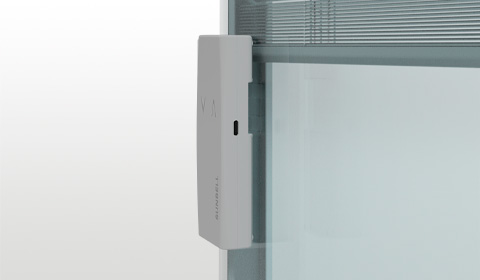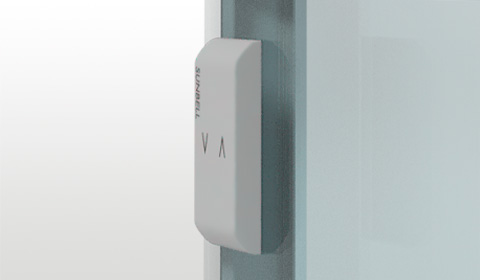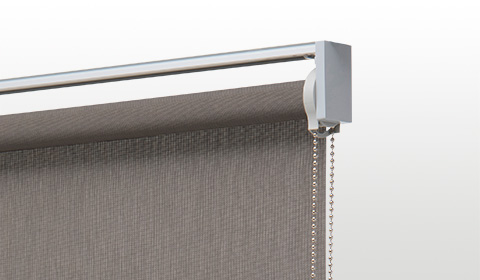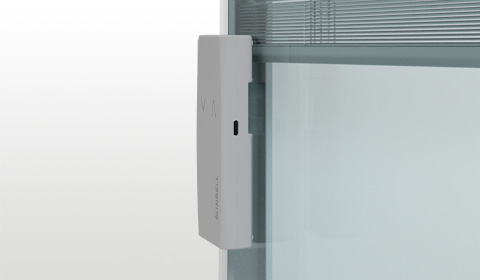An interior designer is a professional that develops, plans and delivers the design of interior space.
This kind of professional needs to understand the needs of different spaces and find solutions to improve comfort.
Their responsibilities may include choosing materials and suitable colours, finding functional furniture, coming up with versatile and creative ideas, and making the spaces efficient and aesthetically pleasing.
A keen attitude and passion for design, architecture and fashion are required in this profession as an interior designer always needs to be aware of the latest trends.
Interior designers need to use all their technical and professional knowledge to satisfy their clients. After an initial consultation, they should be able to start designing a space taking into account all the different aspects of it, from the layout of the furniture to the use of colours and lighting.
In this article, we will look at how to become an interior designer and the best educational path to pursue this career.
Interior designer: training
The word ‘design’ can take on different specific meanings depending on what we are talking about.
Interior design essentially means developing projects for interior spaces, and it would be ideal to choose an educational path that takes into consideration all the legislative, socioeconomic, structural, ergonomic, anthropometric, environmental, historical and creative different aspects of the role, as well as the challenges.
To become an interior designer, you need a higher education degree, a diploma or a qualification recognised and certified by public or private educational institutions or programmes.
Any public or private body should follow a curriculum of studies based on the ECIA Charter, developed by ECIA – the European Council Of Interior Architects.
The scope and objectives of the ECIA Charter are to offer general guidelines, which are helpful to define the knowledge needed by interior designers working in the field of interior architecture.
The document is periodically updated with the new disciplines, subjects and themes needed to gain the necessary knowledge about interior design at the European level.
In addition to this, professionals or students working in Italy should also get accreditation from AIPi (Association of Italian Interior Designers), a member of the ECIA. This is the only interior design association in Italy managed and directed by regional delegations across the country.
Finally, an educational journey can’t be considered complete without training experience in the field, which will enrich both their practical and theoretical knowledge.
Becoming an Interior Designer: fields of study
Some subjects of study to become an interior designer are essential to receive accreditation.
- History and theory of modern architecture, interiors, design and other related disciplines;
- Knowledge of product design and understanding of industrial design.
- Materials science, construction engineering and finishing.
- The relationship between man and space with a focus on environmental ethics, and anthropometric and ergonomic sciences.
- Technological equipment and domotics in interior design.
- Development, construction, and health and safety rules and regulations.
- Developing the ability to express interior design ideas with different communication tools.
- Practical experience and internships in design studios or companies operating in the sector.
- Knowledge and ability to design using computer software (CAD) and create photorealistic 3D models.
Where to study Interior Design in Italy: Public Universities and Private Schools
In the past, the educational path to becoming an interior designer meant obtaining a degree in architecture until a school like the Polytechnic in Milan created the first higher-education degrees in subjects like Industrial Design.
In 2000, that particular course was transformed into a Design Faculty internationally known as Scuola di Design.
The number of Italian public universities that have created Interior Designer courses has grown substantially since then.
Census ranking of Italian Universities (2020/21) divides Art and Design universities into different groups, highlighting the best ones.
- State Universities – two-year degrees: in the top three places, we find the Polytechnic University of Milan, Iuav in Venice, and the University of Bologna;
- State Universities – three-year degrees: Iuav in Venice, the University of Ferrara, and Polytechnic University of Bari
It is also worth mentioning that it is possible to find legally recognised public and private Fine Arts Universities in many Italian cities.
When considering private universities, this is the latest census ranking:
- Private Universities – two-year degrees: the University of Bolzano, Università Cattolica in Milan, Ilum University and Benincasa University of Naples;
- Private Universities – three-year degrees: the University of Bolzano, Ilum University, Università Cattolica in Milan, Rome Link Campus, Benincasa University of Naples, Kore University of Enna
Also worth mentioning are other Italian institutions offering design courses like:
- Design Institute Polo Michelangelo;
- European University of Design in Pescara;
- Ancona’s Poliarte
- Nad – Nuova Accademia Del Design in Verona and Milan;
- Cappiello, Design & Communication Academy in Florence;
- IED (European Institute of Design);
- ISIA (High school of Art industries) present in several Italian cities
As well as a good curriculum of studies, it is also essential to consider a constant professional update as technologies, materials and the sector in general are constantly changing.
Today, it is also essential to have good knowledge of the different rules and legislation at the international level.
Recognised Interior Design Associations in Italy
If we take Italy as an example, we should once again mention ALPi as one of the most established interior design associations supporting the professionals of this sector.
As well as ALPi, other important Italian associations operate in the sector:
- AIAP, Italian Association of Communication and Design;
- ADI, Association of Industrial Designers;
- AIS/Design, Association of Design Historians;
- AILD, Italian Association of Lighting Design;
- SID, Italian Society of Design;
- Design For All Italia;
- IDI, Italian Design Institute.
Conclusions
We hope that this information will be helpful to you to start a fruitful and fulfilling career as an interior designer.
It’s important to understand that you will become part of a team in which the interior designer plays an important role in interpreting the different needs and requirements of the client.

























